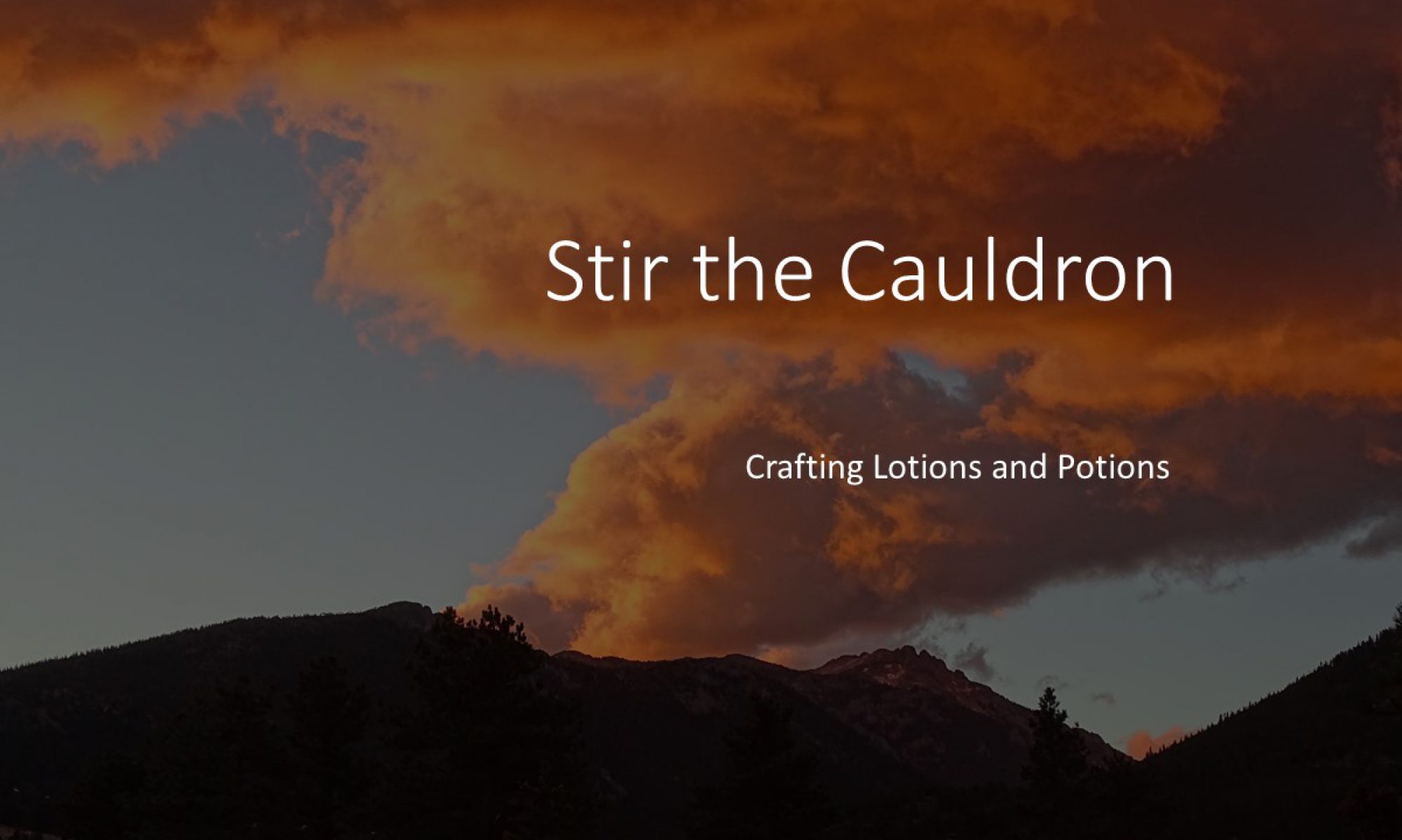
In my collection of essential oils I have a bottle of Ylang Ylang. I don’t remember buying it. It was probably one of the ones I bought when I started to get interested in fragrances and aromatherapy. But what is Ylang Ylang? How do you pronounce it, even? It’s sweet and floral, and I thought it a bit, well, meh.
So I started a long-overdue investigation.
Let’s start with the pronunciation. There are some YouTube clips that explain the pronunciation, but I found the Oxford Learner’s Dictionaries definition and pronunciations most helpful.
The pronunciation reflects the origin of the oil in countries around the Indian Ocean. The oil is derived by steam distillation of the flowers of the Cananga odorata tree. The tree belongs to Annonaceae family, which includes custard apples.

Image krungchingpix/Shutterstock
The next place I chose to go to add to my shamefully poor knowledge of Ylang Ylang was one of my favourite reference books. Turning to the last entry in Julia Lawless’ The Encyclopaedia of Essential Oils, I found this section in the entry:
ACTIONS Aphrodisiac, antidepressant, anti-infectious, antiseborrhoeic, antiseptic, euphoric, hypotensive, nervine, regulator, sedative (nervous), stimulant (circulatory), tonic.
That got my attention. I looked a little further down the entry to see if there were any suggestions of negative aspects to Ylang Ylang:
SAFETY DATA Non-toxic, non-irritant, a few cases of sensitization reported. Use in moderation, since its heady scent can cause headaches or nausea.
So far, so good. There are lots of good reasons to use Ylang Ylang, provided it’s used in moderation. Given that the scent is very powerful, that won’t be a problem.
Fragrantica lists Ylang Ylang as: “A rich, floral, sweet note with a nuance of banana, woody, dirty, sour nuances”. It’s variously listed as a Heart Note, or a lighter Bass note.
In her book Essence and Alchemy, Mandy Aftel advises that Ylang Ylang blends particularly well with Cognac and with Black Pepper. Other combinations include Cardamom, and Pink Grapefruit.
As I write, some of the Coronavirus containment measures are being lifted in the United Kingdom. Meanwhile healthcare professionals are still pouring alcohol over their hands and wearing latex gloves. Dental surgeries are about to re-open, and hairdressers are scheduled to open on 04 July. More than ever there is a need for moisturizing creams to soothe hands that take care of other people. So I’m starting to plan to produce some form of “rescue cream” which combines a powerful moisturizer with a blend of grounding and uplifting fragrances. Ylang Ylang, as an antidipressant and antiseborrhoeic (fighting eczema and other skin conditions) may have a prominent place in the recipe.

One Reply to “Y is for: Yang Ylang”
Comments are closed.